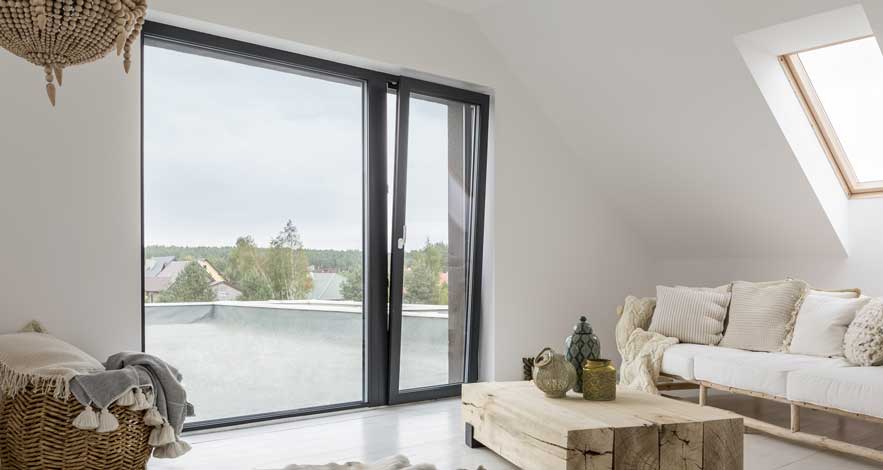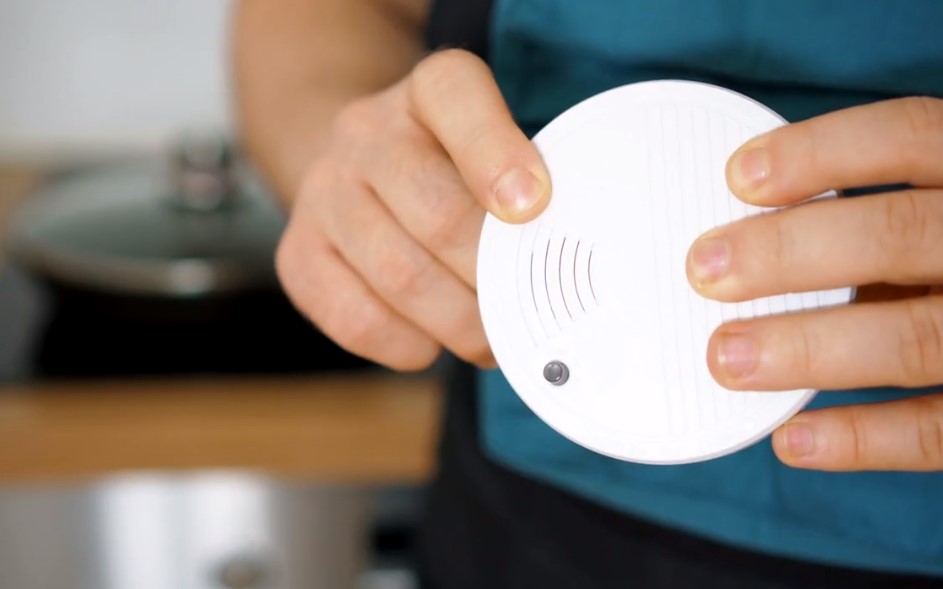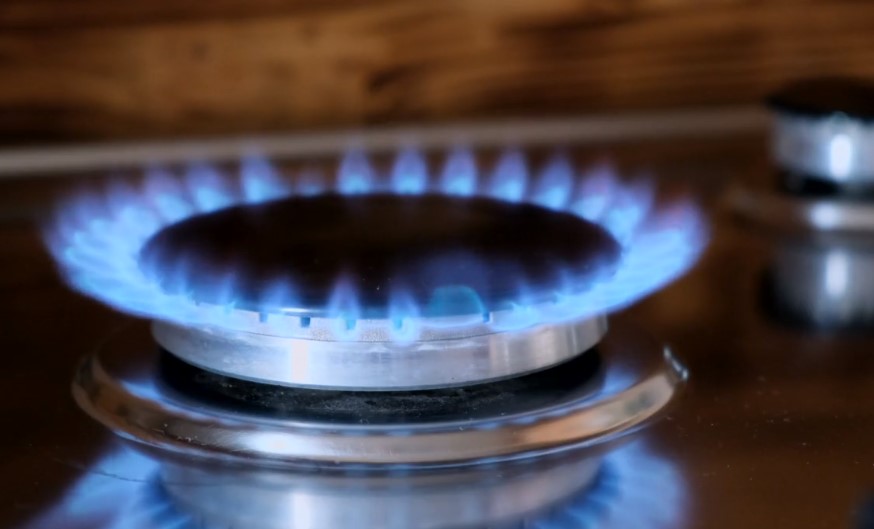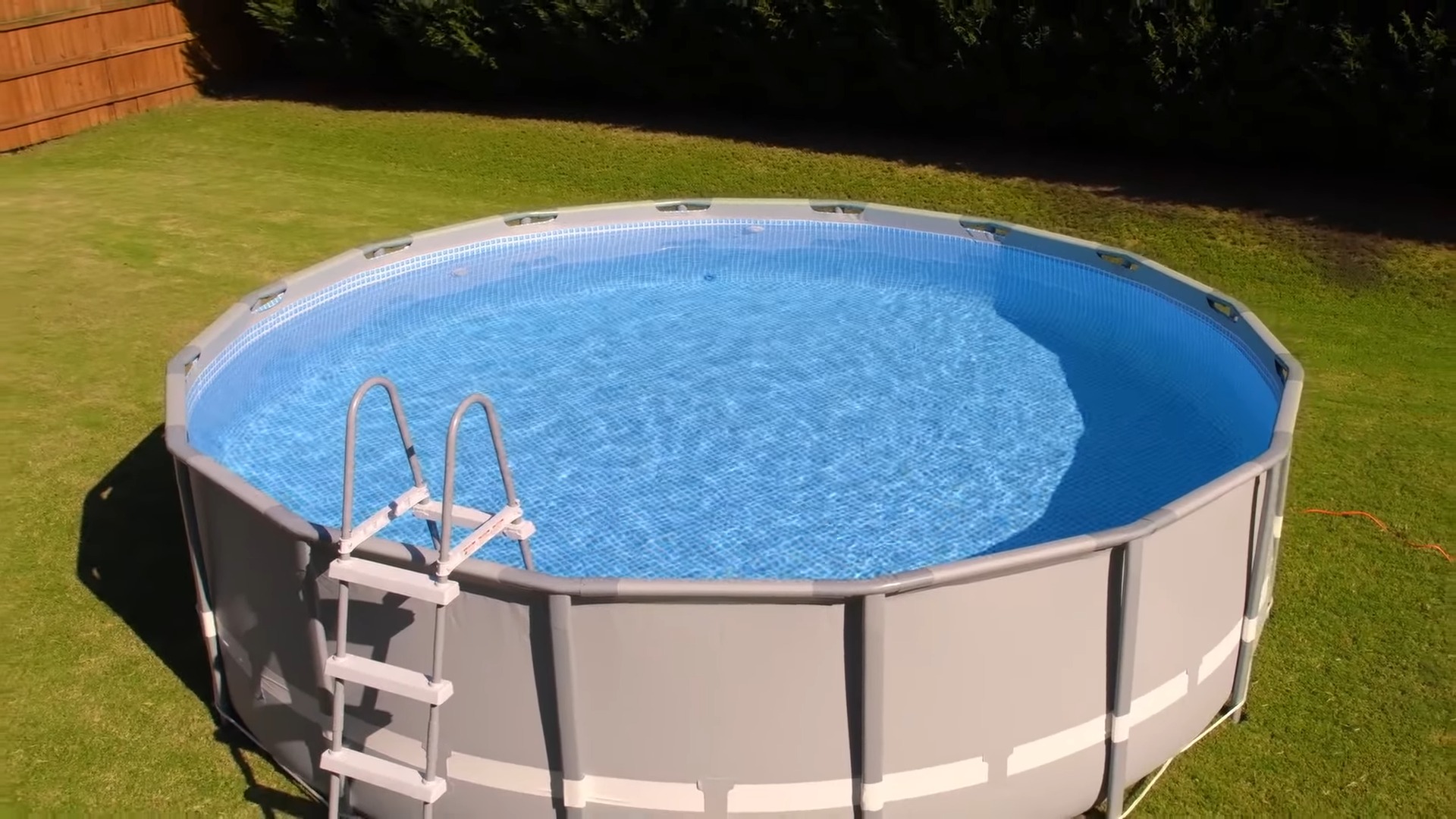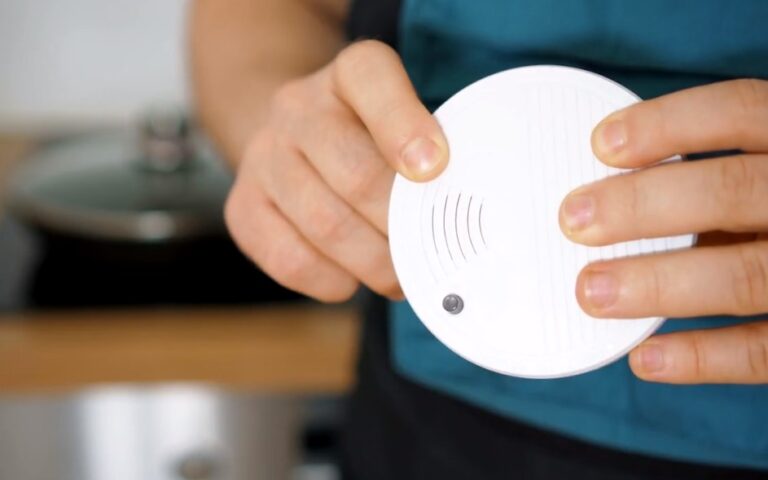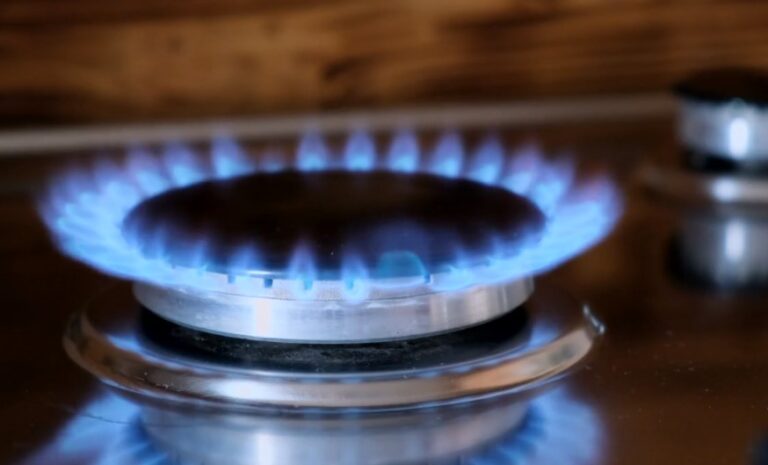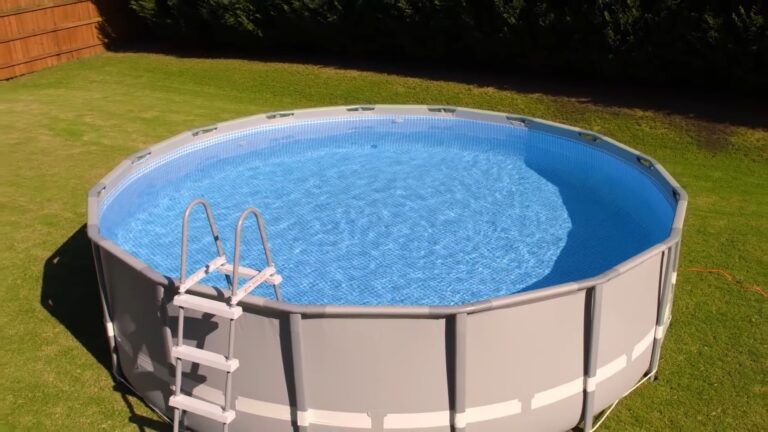Energy efficiency in homes is not just a trend, but a necessity in today’s world, where sustainability and cost-effectiveness are paramount. Among the numerous components of a house, windows are often overlooked, yet they play a crucial role in maintaining energy balance. Inefficient windows can lead to significant energy loss, making it imperative to understand and implement efficient home solutions.
This article will guide homeowners through various aspects of power loss through windows, covering the understanding of energy loss, methods of measurement, types of power loss, the importance of insulation, and the benefits of using energy-efficient window materials.
Understanding Energy Loss Through Windows

Windows are a critical aspect of a home’s aesthetic and functional design, but they can also be a significant source of energy loss. This loss occurs mainly due to drafts, poor insulation, and the type of window materials used. Drafts allow cold air to enter and warm air to escape, undermining the efficiency of heating systems. Poor insulation, on the other hand, fails to prevent heat transfer between the inside and outside of a home, leading to excessive energy consumption. Additionally, the materials used in window construction, such as glass and frames, can significantly influence the rate of power loss. To learn more about this issue you should visit this website.
Measuring Energy Loss
To effectively tackle the problem of energy loss through windows, it’s crucial to measure it accurately. Homeowners can use various tools and methods, such as infrared cameras and blower door tests, to detect areas of power loss. Conducting an energy audit is particularly important as it provides a comprehensive analysis of a home’s power usage, identifying problematic areas and suggesting corrective measures. This data-driven approach ensures that homeowners can make informed decisions about improving their home’s energy efficiency.
Types of Window Energy Loss
Energy loss through windows occurs in several forms: conduction, convection, and radiation. Conduction refers to the transfer of heat through solid materials, like glass or window frames. Convection is the process of heat transfer through fluids, which in the case of windows, involves the air space between panes or around seals. Radiation, on the other hand, involves the transfer of heat in the form of infrared power. Each of these types of energy loss affects home power efficiency differently, and understanding these can help homeowners in choosing the right solutions for their homes.
The Role of Window Insulation
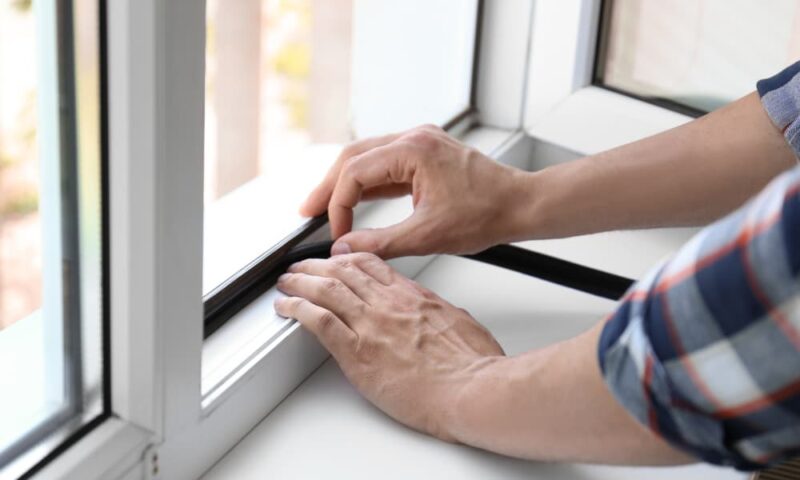
Proper window insulation is paramount in minimizing energy loss. Insulation techniques, such as weatherstripping and the application of window films, can significantly reduce drafts and heat transfer. Weatherstripping involves sealing the movable components of windows, while window films add an extra layer of protection against heat loss. These methods not only enhance the power efficiency of a home but also contribute to a comfortable living environment by maintaining a consistent indoor temperature.
Energy-Efficient Window Materials
The choice of window materials plays a vital role in the overall energy efficiency of a home. Materials such as wood, vinyl, and fiberglass offer varying degrees of insulation and durability. However, advancements in window technology have led to the development of double-glazed and low-emissivity (low-E) windows. Double-glazed windows consist of two panes of glass with a space in between, usually filled with an inert gas, which acts as an insulator. Low-E windows have a microscopically thin coating that reflects infrared power, keeping homes warm in the winter and cooler in the summer. These materials not only reduce power loss but also contribute to a home’s comfort and reduction in utility bills.
Choosing the Right Window Treatments
Window treatments are more than just a decorative element; they play a pivotal role in enhancing a home’s energy efficiency. Selecting the appropriate coverings can significantly reduce heat loss in the winter and heat gain in the summer.
Blinds, for instance, offer flexibility, allowing you to adjust the amount of light and heat entering your home. Curtains, on the other hand, provide a layer of insulation, especially if they are thermal or lined, mitigating heat exchange. Similarly, shades, when installed close to the glass, create a sealed air space, proving to be effective at improving energy efficiency. Each of these options comes with its set of benefits and can be chosen based on your aesthetic preference, the climate of your area, and the specific power efficiency needs of your home.
Tips for Draft Reduction
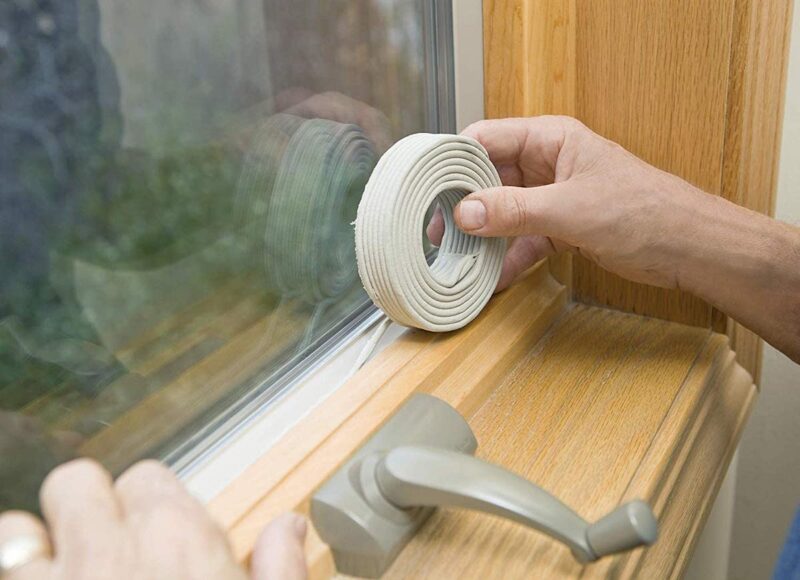
Drafts not only cause discomfort but also lead to higher energy bills as they force heating and cooling systems to work harder. Sealing gaps and cracks around windows is a fundamental step in creating an energy-efficient home. Caulking and weatherstripping are two effective measures to seal these leaks. Caulking is used for stationary cracks or gaps, whereas weatherstripping is ideal for components that move, like doors and operable windows. It’s important to choose the right materials and apply them correctly to ensure a snug fit that blocks drafts, thereby contributing significantly to maintaining your home’s temperature and reducing power consumption.
Window Replacement and Upgrades
There comes a point when repairing windows is no longer cost-effective or beneficial for energy conservation. If your windows are significantly old or damaged, replacing them with energy-efficient models can be a wise investment. Modern windows come with features like low-emissivity (low-E) coatings and inert gas fillings between double or triple panes, offering superior insulation. These upgrades not only improve the comfort of your living space but also add to the value of your property. While the initial investment can be substantial, the reduction in power bills and the improvement in your home’s carbon footprint make window replacement a prudent choice in the long term.
DIY vs. Professional Window Solutions
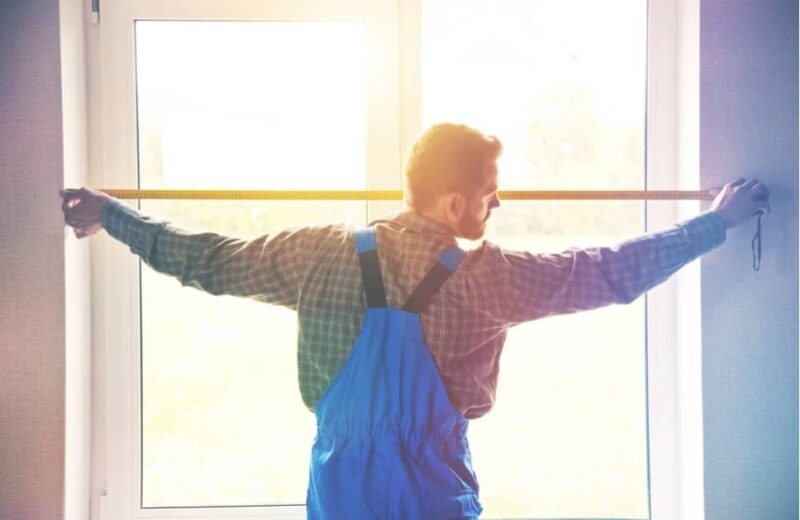
The decision between DIY and professional window solutions depends on the complexity of the task and your level of expertise. Simple tasks like applying caulk or installing weatherstripping can be effectively handled by most homeowners. However, tasks that involve the structural integrity of your home, like replacing a window, might require professional skills and tools. Professionals ensure that the installation is airtight and correctly aligned, factors that are crucial for the efficiency and longevity of your windows. It’s essential to weigh the costs, your skill level, the tools required, and the potential for mistakes before deciding on a DIY approach or seeking professional assistance.
Other Energy-Saving Strategies
Enhancing your home’s energy efficiency extends beyond window solutions. Attic insulation is a powerful measure to prevent heat loss, as a significant amount of a home’s heat escapes through the roof. Upgrading to energy-efficient appliances is another impactful step, as they consume less power for the same level of performance. Furthermore, installing a smart thermostat can contribute to significant energy savings by allowing precise control over heating and cooling, even when you’re not at home. Integrating these strategies with your window solutions can lead to a comprehensive approach to power conservation, reflecting positively on your power bills and your environmental footprint.
Conclusion and Takeaways
In conclusion, optimizing your home’s energy efficiency involves a multifaceted approach. From choosing the right window treatments like blinds, curtains, and shades, to addressing drafts through sealing techniques, each step contributes to a more comfortable and power-efficient living space. When repairs are no longer beneficial, upgrading to energy-efficient windows can offer long-term savings and environmental benefits.
While DIY solutions are suitable for smaller tasks, professional services are recommended for more complex projects to ensure quality and efficiency. Beyond windows, incorporating attic insulation, energy-efficient appliances, and smart thermostats can further enhance your home’s power conservation. By adopting these strategies, you not only reduce your power bills but also contribute to a more sustainable future. Take action today to make your home a model of power efficiency and comfort.
Related Posts:
- How Long Does Mold Testing Take? Tips for Efficient…
- Why Your TikTok Videos Aren't Going Viral: Unveiling…
- Which Is the Least Polluting Source of Energy? Tips…
- How Much Does It Cost to Get a UK Sponsorship…
- The Truth About How Much OnlyFans Male Models Are Earning
- How Much Does a Locksmith Cost to Make a Car Key ─…

